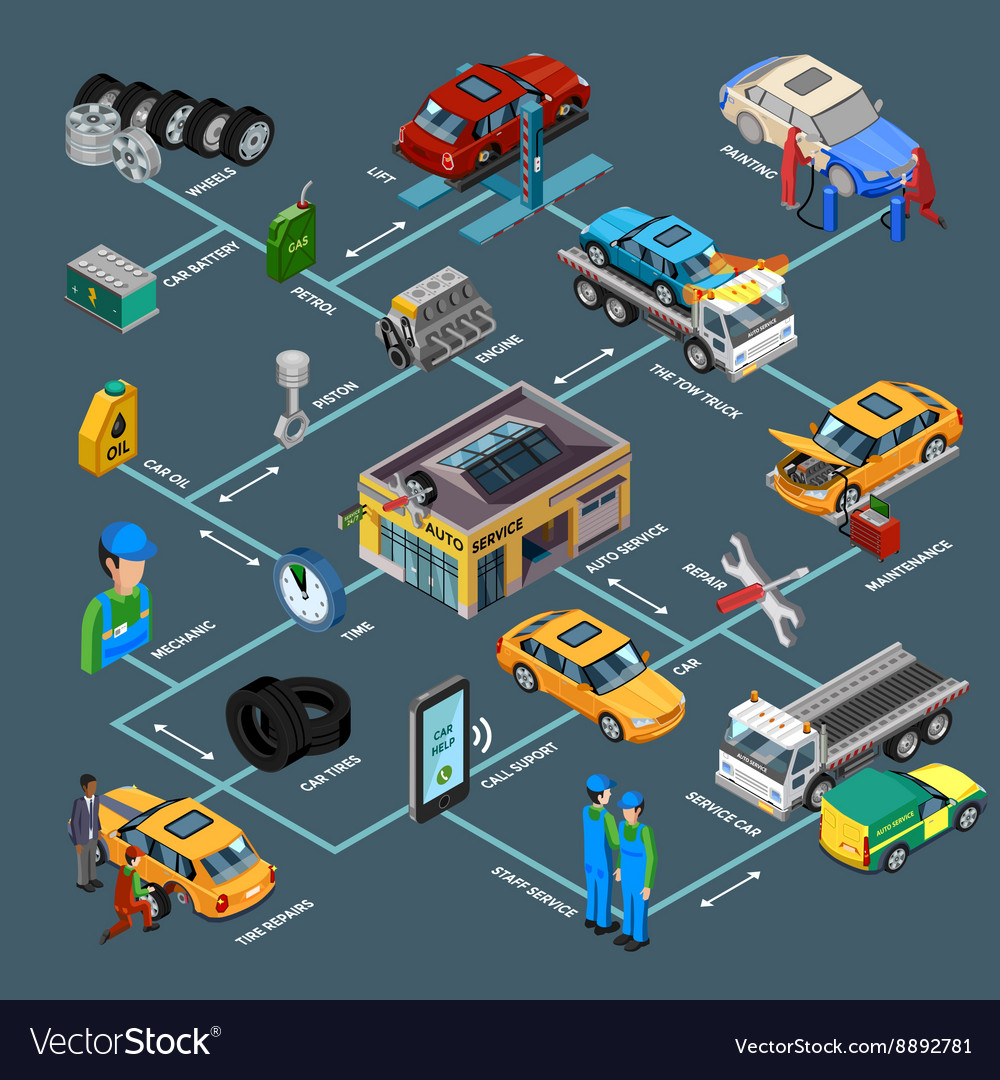Analyzing Your Car'S Alert Lights: Their Real Ramifications
Analyzing Your Car'S Alert Lights: Their Real Ramifications
Blog Article
Article Writer-Boye Alvarado
When you lag the wheel, those beautiful caution lights on your dashboard can be a bit bewildering. Do you understand what they're attempting to tell you concerning your automobile's health and wellness? Recognizing the significance of these lights is vital for your security and the durability of your lorry. So, the next time among those lights appears, would not you intend to understand its message properly and take the needed actions to resolve it?
Common Caution Lighting and Interpretations
Determine common caution lights in your automobile and recognize their meanings to make sure secure driving.
One of the most typical caution lights include the check engine light, which indicates concerns with the engine or discharges system. If this light begins, it's important to have your lorry inspected immediately.
The oil pressure advising light shows low oil stress, needing immediate attention to stop engine damage.
Highly recommended Reading flashing battery light might recommend a damaged billing system, possibly leaving you stranded if not resolved.
Keep Reading (TPMS) light notifies you to low tire pressure, impacting automobile stability and fuel performance. Disregarding this could result in harmful driving conditions.
The abdominal light shows a problem with the anti-lock braking system, jeopardizing your capability to quit promptly in emergencies.
Lastly, the coolant temperature alerting light warns of engine overheating, which can cause serious damage otherwise dealt with swiftly.
Comprehending these common caution lights will help you attend to issues without delay and keep safe driving problems.
Importance of Prompt Interest
Recognizing the common warning lights in your car is just the first step; the significance of immediately addressing these warnings can not be stressed sufficient to ensure your safety and security when traveling.
When a caution light brightens on your dashboard, it's your car's method of interacting a possible problem that requires focus. Ignoring these warnings can lead to much more serious troubles later on, compromising your security and possibly costing you more out of commission.
Trigger focus to alerting lights can avoid malfunctions and accidents. As an example, a flashing check engine light might suggest a misfire that, if left ignored, can trigger damage to the catalytic converter. Addressing this promptly can conserve you from a pricey fixing.
In a similar way, a brake system cautioning light could signal low brake liquid or worn brake pads, vital components for your security when driving.
Do It Yourself Troubleshooting Tips
If you notice a caution light on your dashboard, there are a couple of do it yourself troubleshooting pointers you can try before seeking specialist assistance.
The initial step is to consult your cars and truck's manual to comprehend what the certain caution light indicates. Often the concern can be as easy as a loosened gas cap causing the check engine light. Tightening the gas cap may settle the problem.
Another common issue is a low battery, which can trigger different cautioning lights. Inspecting the battery connections for rust and guaranteeing they're safe could fix the issue.
If a warning light persists, you can attempt resetting it by disconnecting the cars and truck's battery for a few minutes and after that reconnecting it. In addition, checking your car's liquid degrees, such as oil, coolant, and brake liquid, can aid troubleshoot alerting lights associated with these systems.
Conclusion
To conclude, recognizing your vehicle's caution lights is essential for maintaining your vehicle running efficiently and securely. By promptly dealing with these informs and recognizing what they mean, you can stay clear of costly repairs and prospective breakdowns.
Bear in mind to consult your car's manual for certain information on each alerting light and act as necessary to make sure a hassle-free driving experience.
Remain informed, stay risk-free when driving!
